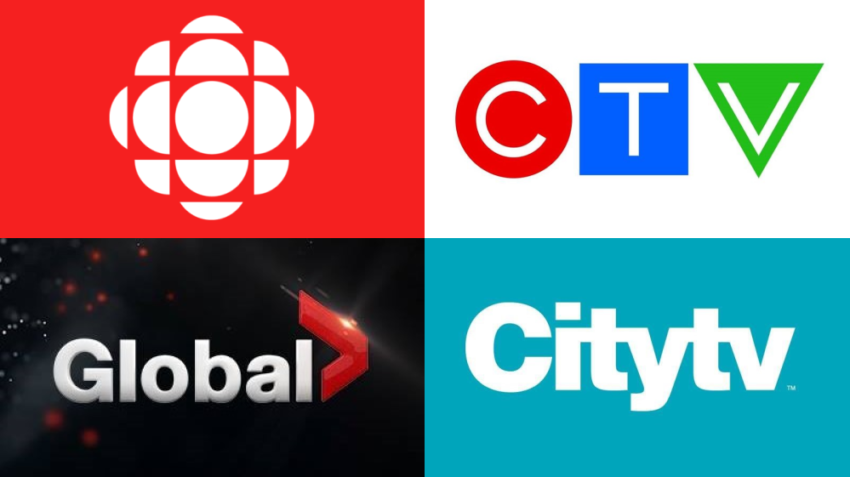Given Minnesota & North Dakota’s proximity to Ontario and Manitoba, how far south have Canadian stations penetrated into the States? A history on Canadian television availability would be appreciated as well!
It appears that the literal answer to your question, from an Upper Midwest TV standpoint, is Escanaba, MI, where CBC Montreal is carried on cable. Of course, there are other places farther south but outside of the Upper Midwest, such as Detroit and Buffalo, where Canadian channels are available.
CBC is carried by most cable systems in Michigan’s Upper Peninsula (Ironwood has carried it some form since at least 1965) as well as a few in northern Minnesota, including Hibbing, International Falls, Warroad, Bemidji, and Thief River Falls. In North Dakota, cable carriage appears to be limited to places closer to the border such as Pembina and Belcourt.
So why do the systems choose to carry Canadian programming?
Anecdotally, hockey and other sports coverage on CBC is a big draw. Carriage of the CBC has also brought earlier airings of original Canadian productions such as “Schitt’s Creek,” “Heartland,” and “Murdoch Mysteries,” as well as a look at shows not otherwise available in the U.S. such as “Dragon’s Den” (the forerunner to “Shark Tank.”) CBC-TV’s flagship newscast “The National” airs at 10 p.m. Eastern time and also streams on YouTube live from 8 p.m. to 1 a.m. Central time.
CBC is the only Canadian network with widespread coverage south of the border, though CTV Winnipeg is carried on cable as far south as Thief River Falls and is also available in Pembina and Belcourt.
So, why are other networks not carried? While CBC and its French-language sister, Ici Radio-Canada Télé, focus most of their efforts on original programming, other Canadian broadcast networks draw heavily on U.S. programming. A U.S. cable system carrying CTV, Global, or City would largely just be carrying the same prime time shows seen on U.S. channels but with Canadian commercials.
As for broadcast TV, reception of Canadian stations in the Upper Midwest is extremely limited. CTV and CHCH can be received in Sault Ste. Marie and viewers near the border in the Red River Valley may be able to receive deep fringe reception of Winnipeg stations. However, the CBC shut down its rural transmitter network a decade ago, removing coverage of places such as International Falls-Fort Frances.
Historically, broadcast coverage was a little wider. The FCC’s significantly-viewed list, first developed based on 1972 viewership, shows one or more Canadian channels with broadcast viewership in Keweenaw County, MI, Cook, Koochiching, Kittson, Lake of the Woods, Marshall, and Roseau Counties in Minnesota and Cavalier and Pembina Counties in North Dakota. The conversion to digital may have eliminated much or all of that reach.
A translator in Alexandria that had carried CBC North lost the feed years ago and a translator system in Ely that had carried CBC shut down decades ago.
The difference between U.S. TV stations’ reach into Canada and vice versa is stark. As I noted here in a post a couple of years ago, multiple affiliates of every major U.S. broadcast network are carried on virtually every Canadian cable and satellite system. Several Minneapolis stations are available in homes across Manitoba and northwestern Ontario. But Canadian networks are almost nowhere to be found in the U.S. except in border areas.
As for radio, reception of many Canadian FM stations is possible closer to the border but AM signals travel much farther. Winnipeg’s CJOB/680 and CBW/990 can easily be heard across much of North Dakota, northern South Dakota, and northwestern Minnesota. CBC Radio One and several other Canadian services are also available across the U.S. on SiriusXM.
Do you have a question to Ask NorthPine? Email [email protected] and I’ll do my best to answer it!
RELATED: Why Canadian TV is Fascinating (a summary of Canadian networks and how they differ from the U.S.)

